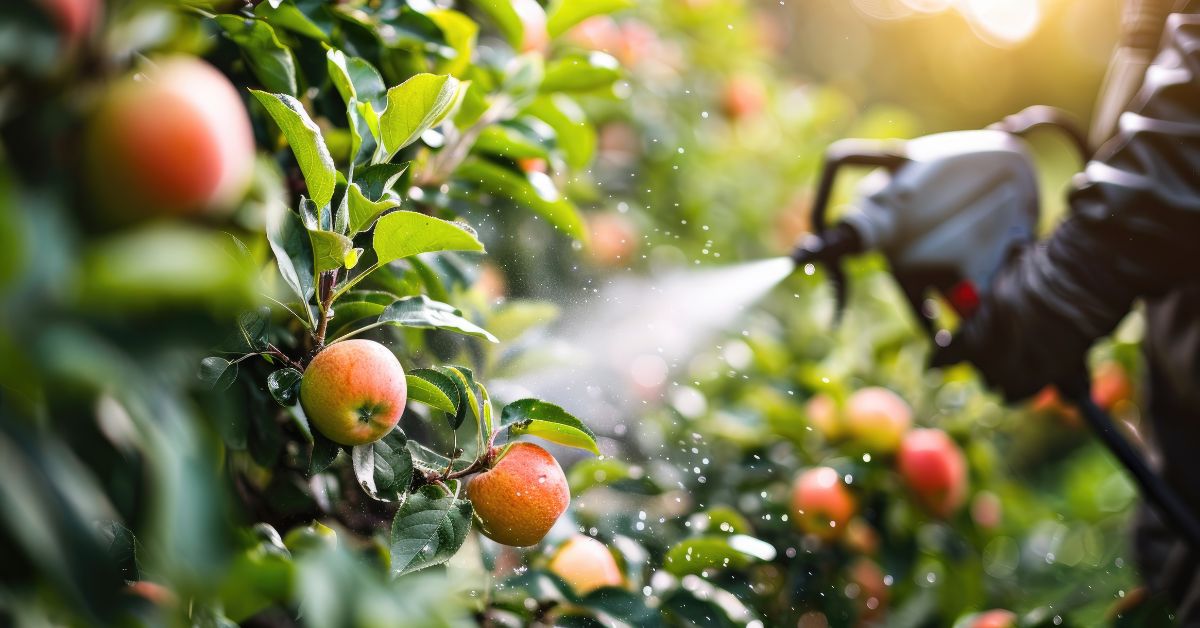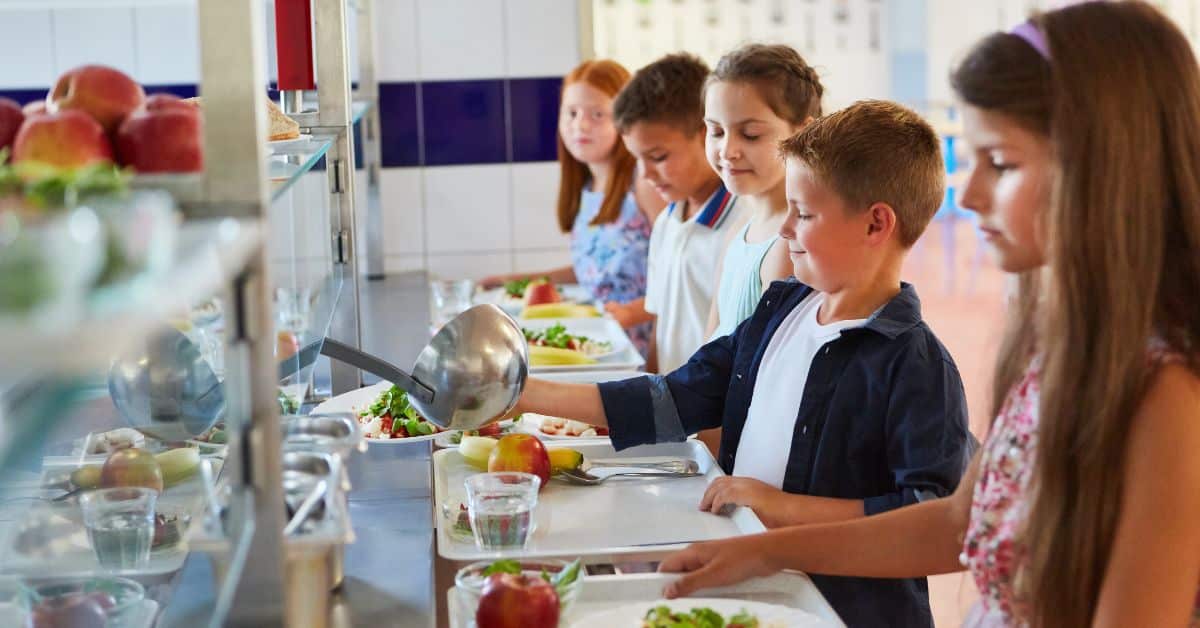

There is a reason we crave processed comfort foods high in fat, sugar, and salt, especially when feeling stressed, anxious, or tired. The taste of these foods provides us with immediate pleasure. But the blissful flavors of sugar, fat, and salt are short-lived. We are then left with uneven blood sugar levels, lack of energy, and unhappiness with ourselves. These negative physical and mental feelings often result in consuming more of these foods; thus, we find ourselves in a cycle of unhealthy food patterns:
- Reason -> feeling stressed, anxious, or tired
- Action -> eating comfort foods (highly processed; high sugar, fat, and salt)
- Immediate effect -> feelings of pleasure, better mood, burst of energy (though short term!)
- Continued effect -> uneven blood sugar, feelings of sluggishness, foggy brain, and self-loathing, which leads back to feeling stressed, anxious, craving comfort foods, and repeat
Key to avoiding this unhealthful cycle is an awareness of your moods, emotions, and energy levels and the resulting food cravings. Begin noticing which foods you automatically reach for when feeling stressed or tired. Then, stop and consider whether you can substitute something else. A chart to get you started follows. Look at the list of commonly craved foods and corresponding plant-based alternatives. See which choices might work for you, then try it out. The goal is for you to stock up on foods that are healthful yet pleasurable to eat. Strive to develop a pattern that replaces unhealthy comfort foods with nourishing, tasty alternatives. You’ll be creating a cycle that boosts physical and emotional well-being:
- Reason -> feeling stressed, anxious, or tired
- Action -> eating nourishing comfort foods (minimally processed; low sugar, fat, and salt)
- Effect -> stable blood sugar; more energy, alertness, and self-satisfaction
| Craving | Healthier Alternative |
|---|---|
| Chocolate |
|
| Refined sugar |
|
| Refined baked goods (cake, cookies, pastries) |
|
| Cheese |
|
| Creamy foods |
|
| Ice cream and frozen treats |
|
| Caffeine |
|
| Salt |
|
Finally, be kind to yourself. Be committed to eating healthily, yet allow yourself to be imperfect. I often hear people remark, “I’ve been bad,” or, “I’ve fallen off the wagon.” There is no wagon to fall off on this journey. Remember: you are traveling on your individual path toward overall health and well-being.
Copyright 2025 Center for Nutrition Studies. All rights reserved.
Deepen Your Knowledge With Our
Plant-Based Nutrition
Certificate
Plant-Based Nutrition Certificate
- 23,000+ students
- 100% online, learn at your own pace
- No prerequisites
- Continuing education credits













